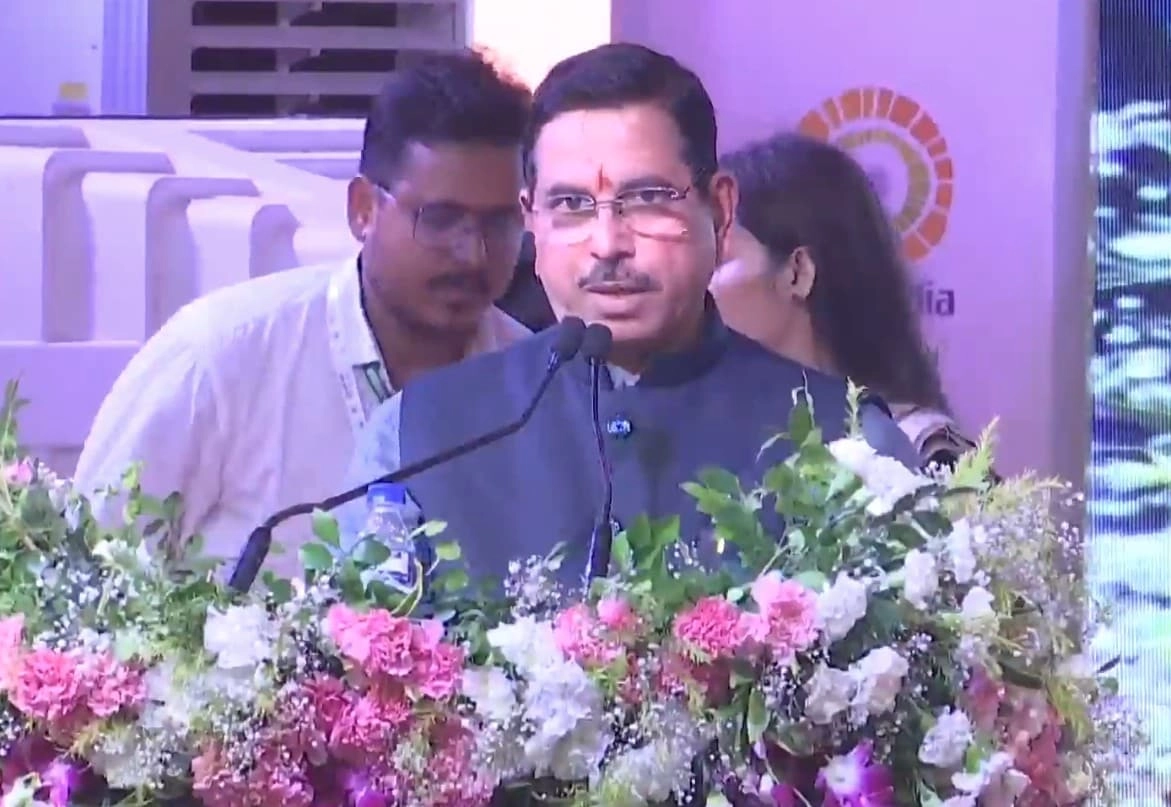In recent developments in Punjab, India, multiple First Information Reports (FIRs) have been registered in response to various social media posts that allegedly target the Chief Justice of the Supreme Court. These FIRs highlight the growing concern regarding the use of social media as a platform for disseminating content that can be construed as defamatory or disrespectful towards prominent figures in the judiciary. The situation underscores the delicate balance between freedom of expression and the need to maintain respect for judicial authority, particularly in a country where the judiciary plays a crucial role in upholding the rule of law.
The FIRs were lodged following an uptick in social media activity that contained derogatory remarks and images related to the Chief Justice. Authorities have taken this issue seriously, viewing the posts as not only a potential breach of law but also as a threat to the dignity of the judiciary. The legal implications of such actions can be significant, as they may lead to charges of sedition or defamation, depending on the content of the posts and the intent behind them. This situation raises important questions about how social media is regulated in India and the responsibilities of individuals when engaging in public discourse online.
Furthermore, the response from law enforcement reflects a broader trend of increasing scrutiny over social media content, particularly in politically sensitive contexts. The government has been known to take action against individuals or groups that it perceives as undermining authority or spreading misinformation. This particular case serves as a reminder of the power and reach of social media, as well as the potential consequences for users who cross certain lines. As the legal proceedings unfold, it will be interesting to observe how they impact public opinion and the broader conversation about free speech in India.
The controversy surrounding these FIRs also ignites a debate regarding the role of the judiciary in society and the extent to which judicial figures should be protected from public criticism. While many argue that judges, like any public officials, should be open to scrutiny and critique, others contend that there must be a limit to ensure that respect for the judicial system is upheld. As such discussions continue, the cases brought forth in Punjab may serve as a pivotal moment in defining the boundaries of free expression in relation to judicial authority, setting precedents that could influence future interactions between law, social media, and public sentiment.




